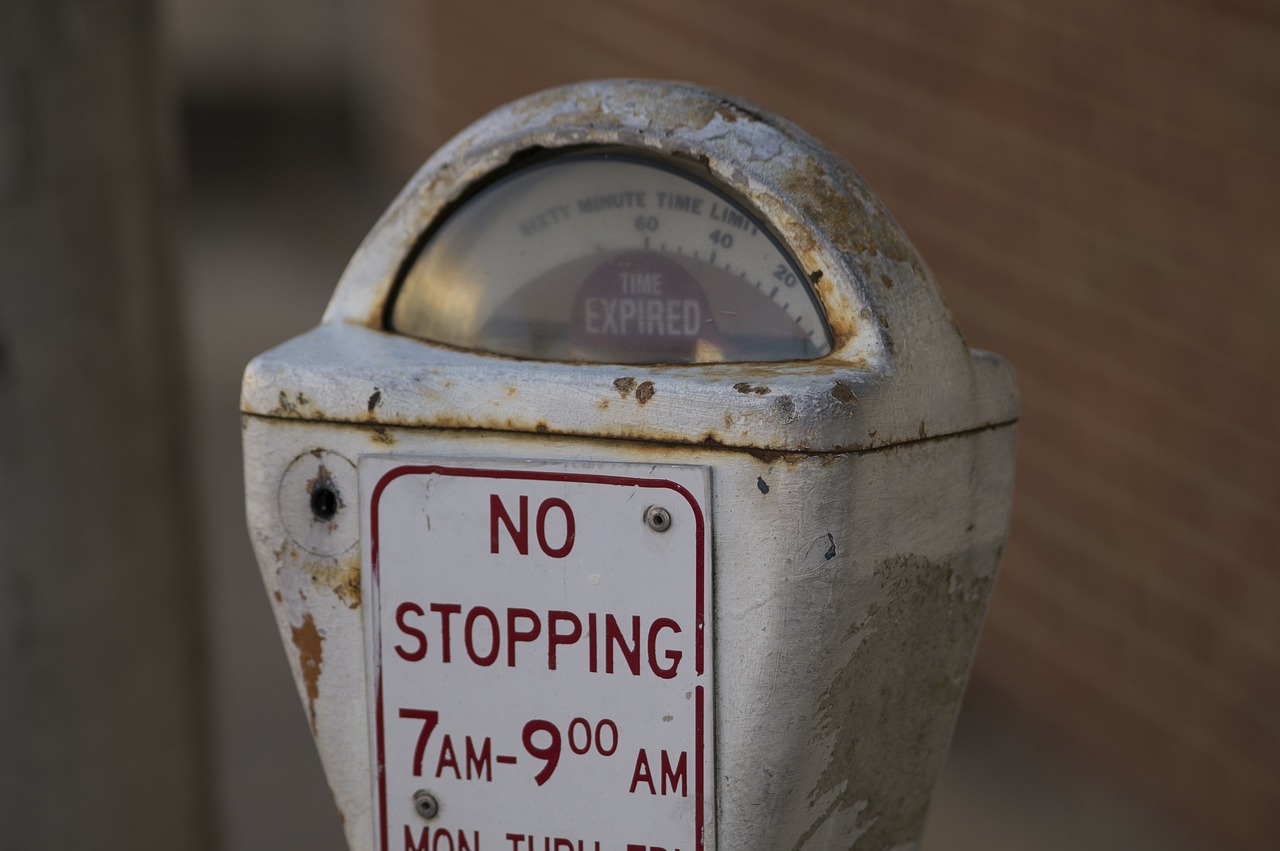Nobody wants to pay the IRS any more than they have to. And if you didn’t file your taxes on time, you may be subject to penalties. You can also file on-time and still be subject to an underpayment penalty. Let’s explore some of the easiest ways to avoid being hit with these penalties.
Failure to File Penalty
A Failure to File penalty applies when you didn’t file your tax return by the filing deadline, which is usually April 15th. If it’s still before the deadline and you don’t believe you’ll be able to file on time, you should file for an extension, which gives you an extra 6 months to complete your tax return. It does not provide an extension of time to pay though, so if you expect you’ll owe money, you should send in a payment along with the extension filing.
The failure to file penalty is generally is usually five percent of the tax owed for each month, or part of a month that your return is late, up to a maximum of 25%. If your return is over 60 days late, there’s also a minimum penalty for late filing; it’s the lesser of $485 (for tax returns required to be filed in 2024) or 100 percent of the tax owed.
If you are living in an area that has been declared as a disaster area, you may not be subject to the penalty. There are other ways to get around the penalty as well.
Failure to Pay Penalty
The United States operates on a pay-as-you-go tax system. When you earn wages, taxes are withheld every paycheck. If you have income through other means (such as self-employment), you’re expected to make payments quarterly to maintain that pay-as-you-go method. If you don’t make these payments on a regular basis, you may be subject to a Failure to Pay penalty.
The failure-to-pay penalty is one-half of one percent for each month, or part of a month, up to a maximum of 25%, of the amount of tax that remains unpaid from the due date of the return until the tax is paid in full.
Generally, most taxpayers will avoid this penalty if they either owe less than $1,000 in tax after subtracting their withholding and refundable credits, or if they paid withholding and estimated tax of at least 90% of the tax for the current year or 100% of the tax shown on the return for the prior year, whichever is smaller. If you have a higher income, the safe harbor increases to 110% of the tax shown on the prior year return.
summary
The main points here are to make sure you file an extension if you can’t file on time, make sure you are paying as you go, and as long as you’ve paid 110% of the tax owed from the prior year, you should avoid these penalties. You can learn more about this from the IRS directly here: Topic no. 653, IRS notices and bills, penalties and interest charges | Internal Revenue Service



